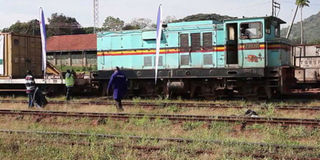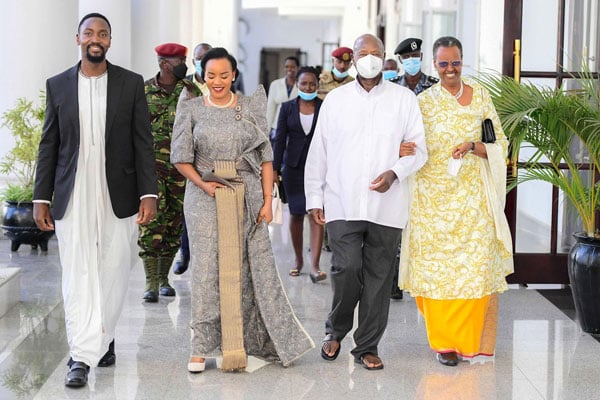EU tables Shs96b to revive Tororo-Gulu railway line

The revival of the now dilapidated railway line will be a major boost to trade in northern Uganda. FILE PHOTO
What you need to know:
- According to Mr Gyezaho, northern Uganda has a limited private sector and until it significantly develops, the region will continue to lag behind the rest of the country.
Kampala. The European Union (EU) has tabled €21.5m (Shs96b) to revive the old metre gauge railway line from Tororo through the districts of Mbale, Kumi, Soroti, Lira and Gulu.
The money seeks to contribute to better performance to the value chain for key products and the development of the private sector in northern Uganda.
Meter gauge is the existing railway constructed by the British colonial administration at the turn of the last century. It is different from the proposed Standard Gauge Railway in terms of width between rails and tack roads.
Ambassador Attilio Pacifici, the EU head of delegation to Uganda, first hinted on the plan to revive the railway line in May, saying there was need to develop the Acholi sub region through establishing a friendly transport infrastructure.
The move, Mr Emmanuel Gyezaho, the EU press and information officer, said in an email is aligned to the EU’s Emergency Trust Fund programme targeting South Sudan refugees and host communities in the region.
“The action shall be carried out at the following location; northern Uganda and neighbouring countries (South Sudan and DR Congo), along the existing railway line,” he said, noting that the money will be drawn from the 11th European Development Fund (Shs96b) the project is estimated to cost is Shs155b.
Reviving the railway line has been attempted before with RVR, which under a concession, had been tasked to improve the railway link between Uganda and Kenya.
The line is expected to open up an alternative route to the Northern Corridor, connecting strategic trade routes with South Sudan, which is now a major trade and investment destination for partner states EAC.
Once revived, the 500 kilometre railway line will be key in transportation to oil through the Albertine Graben belt as well as easing the burden on existing and yet to be constructed transport infrastructure.
Major obstacle
According to Mr Gyezaho, northern Uganda has a limited private sector and until it significantly develops, the region will continue to lag behind the rest of the country.
“Inadequate road and rail transport is a main constraint to business and trade in northern Uganda,” he said.




